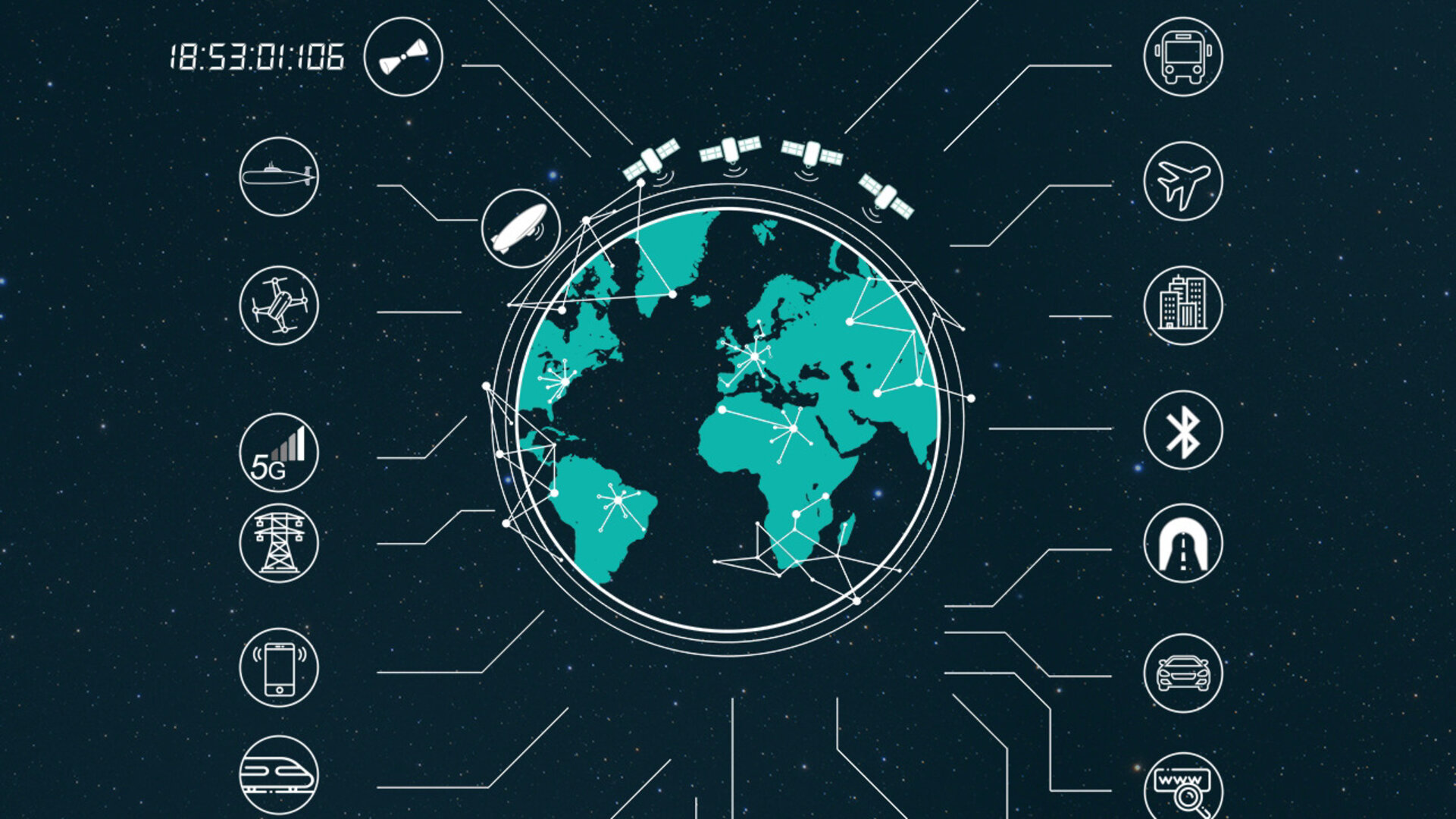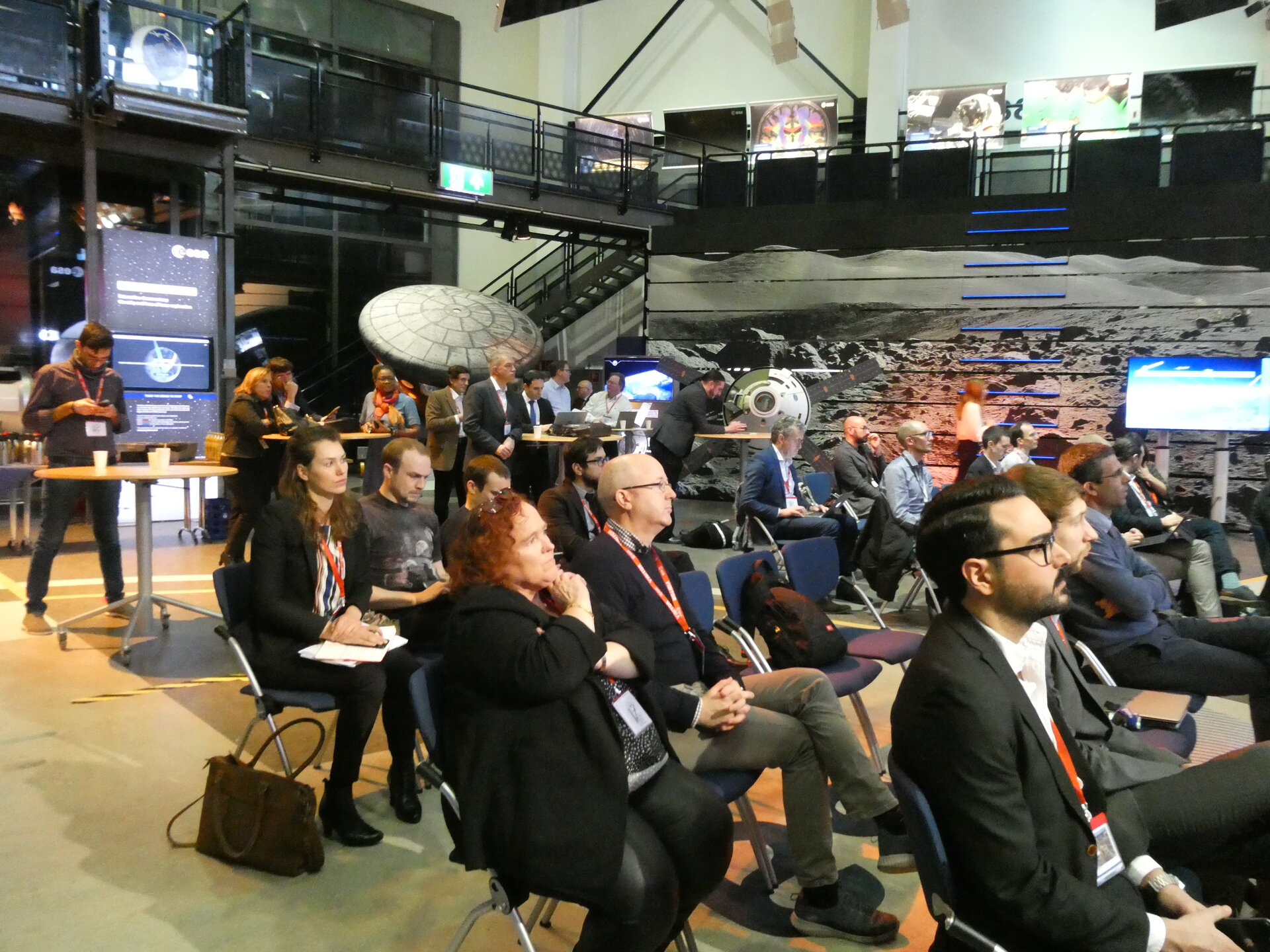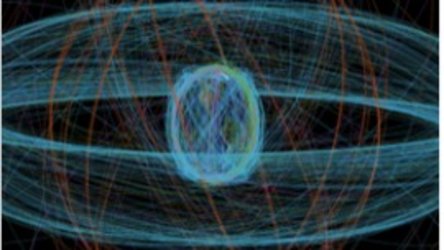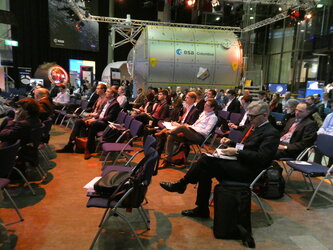Europe and US look to future of positioning
ESA’s NAVISP programme is helping invent the future of positioning, navigation and timing beyond current satellite navigation technology. The Agency’s NAVISP Industry Days welcomed a guest speaker from the US government, sharing details of a parallel effort she is overseeing from the other side of the Atlantic.
Diana Furchtgott-Roth is Deputy Assistant Secretary for Research and Technology at the US Department of Transportation, overseeing all the many research and development functions performed by the department – currently including the research and development of backup or complementary positioning, navigation, and timing (PNT) solutions to satellite navigation.

ESA’s own Navigation Innovation and Support Programme (NAVISP) includes comparable goals. With more than five billion satnav receivers in existence worldwide, Global Navigation Satellite Systems (GNSS) such as the US GPS and European Galileo are ever more crucial to our lives – estimated to underpin 10% of the European economy.
At the same time, they are also vulnerable to jamming, spoofing or interference from the atmosphere or the surrounding environment. So NAVISP R&D includes the study of alternative methods to deliver PNT solutions that are resilient to such threats to GNSS.

Diana Furchtgott-Roth explained the US Department of Transportation is doing the same, but with a strict deadline, charged by Congress with having the alternative PNT system ready by the end of this year. “Last September my office announced an opportunity for technology vendors to participate in a demonstration to examine possible PNT technologies that can operate in an absence of GNSS signals. Since then we have awarded 11 contracts, and this March will see the demonstration of all of these technologies.”
These include terrestrial radio signals, ‘eLoran’ – an enhanced version of a terrestrial radio-navigation system dating back to World War Two – the use of Iridium and Globalstar communication satellites, wifi and cell signals for localisation, fiber optic technologies, and more. Participating companies include two from Europe: OPNT in the Netherlands and Spain’s Seven Solutions, both providing stable timing references over fibre networks, potentially complementing other PNT solutions which demand reliable timing at their core.
She added: “We’re currently setting up a common testing ground for these demonstrations, based in Buzzard Bay in Cape Cod, Massachusetts – as well as making use of NASA Langley in Virginia. The demonstration program is being conducted by the Department’s Volpe National Transportation Systems Center.


Access the video
“We want to know how these technologies perform vertically, as well as horizontally, and also how well they work through walls and underground, where today GNSS is unavailable.”
The final decision on the technologies or combination of technologies to take forward will be coordinated by the Department with the US Departments of Homeland Security and Defense, as well as other departments and agencies who comprise the National Space-Based Positioning, Navigation, and Timing Executive Committee.
The Deputy Assistant Secretary noted: “This effort will inform implementation of a system that by law is required to be terrestrial, wireless, have wide coverage, be difficult to disrupt and be capable of expansion to provide positioning and navigation services. National and economic security and safety are, and must remain, our top priorities. GPS cannot be a single point of failure for transport and other critical infrastructure.”

At the NAVISP Industry Days, Diana Furchtgott-Roth heard and saw various details of European PNT technologies, including miniature interference-resistant antennas for vehicle tracking and the aerial platforms known as High Altitude Pseudo Satellites, intended to boost PNT coverage across targeted regions.
“It’s been a pleasure to see the technologies here today,” added Diana Furchtgott-Roth. “Governments can provide funding for innovation, but they cannot provide the innovation itself, which comes down to the kind of bright scientists and engineers gathered here.”
Trained as an economist, she noted learning a lot since joining the Department: “Since I’ve joined the Department, I’ve become even more aware of the economic importance of GNSS, and the way it has transformed culture, politics and society. I’m also very much aware of the battles currently going on around the associated signal spectrum – that there is great pressure to sacrifice spectrum ultimately devoted to preserving the lives of people and give it to profit-making interests.
“It’s very important for governments to stand up for the travelling public however, and avoid interference in these vital frequency bands.”
The Deputy Assistant Secretary pronounced herself happy to see the sharing of innovations in this field between Europe and the US, based on formal mechanisms already in operation: “We’re researching the same kind of problems and we support continuing sharing our results, and avoid reinventing the wheel. That’s one of the most important outcomes of attending these kind of conferences.”






